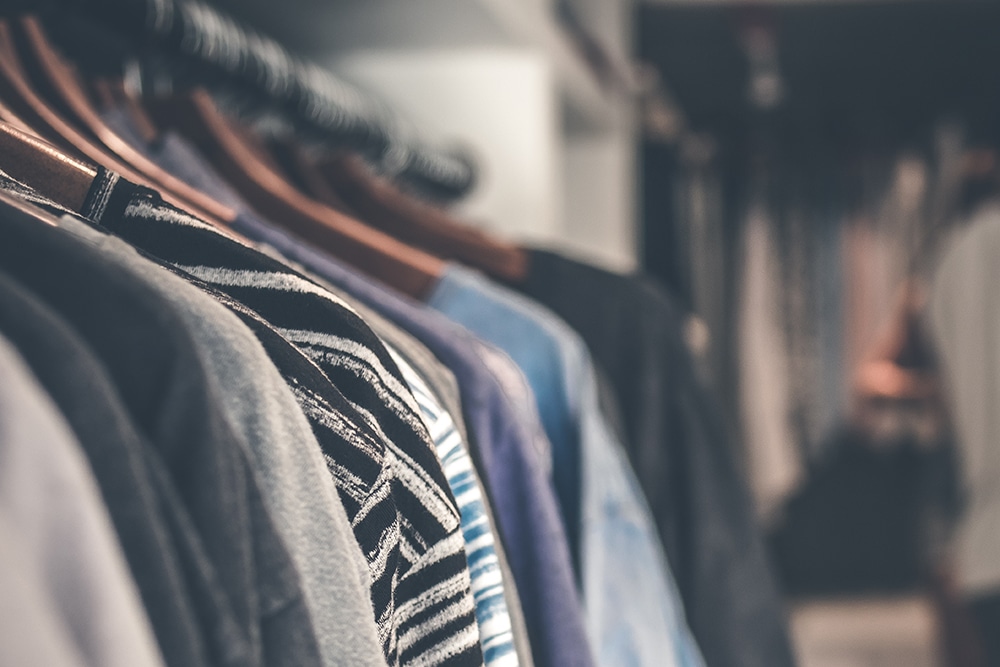Fashion and e-commerce: on your marks, get set… here we go again!
11/06/20
5'
The global fashion market has greatly suffered during several months of lockdown in response to the COVID-19 pandemic. Today, the industry is seeing buyers return both in-store and online. An overview of the situation and our advice to help you take the steps back to recovery.
Market conditions and recovery
Clothing, footwear and textile sales in the Eurozone fell by 63.5% in April 2020. According to a study conducted by Nosto, online sales were down 30% in March in European markets. While one might have mistakenly assumed that online shopping would have been favoured during this period, purchases of basic necessities were heavily favoured. However, online fashion was able to find a new lease of life with a marked improvement in sales at the end of April.
The challenge today for brands and merchants is to continue on this positive trend and, while all of the loss of business can’t be made up for, regaining the confidence and loyalty of buyers appears to be the challenge faced today.
Provide discounts to boost sales and free up stocks
Many brands have adopted an aggressive pricing policy to boost consumption, including premium brands such as Nike and Ralph Lauren. While Winter clothing dominated the early days of confinement, consumers are currently seeking to buy from Spring and Summer ranges.
Now is the time to clearly identify your products by collection thanks to Custom Labels on platforms such as Google Shopping or Facebook Dynamic Ads. By segmenting your product catalogue, you will be able to assign specific bids to these items to boost their visibility or apply percentages of discount.
To attract new buyers, gradually unveil your Summer best sellers. In France, the postponement of the sales period (see below) will help you in this respect, so that your most beautiful Spring/Summer pieces get to see their glory during the month of June.
Leveraging dynamic marketplaces
Marketplaces enabled many retailers to stay in business during the lockdown period and they can also be a great help in helping you sell your surplus stock.
Looking back at this example of a successful launch on marketplaces a few years ago, Lollipops launched on several marketplaces specialised in fashion, such as La Redoute, Spartoo or Galeries Lafayettes and recorded a 172% increase in sales. The context was obviously different but, for those still hesitating, relying on marketplaces with a rich offer, capable of attracting a large and diversified audience and with efficient logistics services is a great opportunity.
Certain marketplaces such as Zalando have set up specific programs to support brands and merchants. Zalando’s CEO Rubin Ritter states “For the fashion industry, the time to go online is now”.
Communicate on secure delivery conditions and reliable lead times
Delivery terms and timelines are a decisive factor in winning and retaining customers. However, this is a variable that is often handled externally to the merchants’ activity and one that is all the more complex to control during this period. In addition to the convenience and speed of delivery, security is now a key factor to be considered. You should, therefore, review and indicate your delivery times on the various media where your products are published to avoid any frustration on the buyer’s side.
Boost in-store traffic through Click & Collect
Click & Collect intelligently combines e-commerce and physical commerce: it allows consumers to make online purchases before picking them up at the store of their choice, in just a few hours. In addition to the speed of getting their product, buyers don’t have to pay shipping costs. At the same time, you can save money on your shipping services. Additionally, by making the trip to your point of sale, your customer’s eye can also be drawn to other items that you have intelligently positioned in your point of sale.
At Lengow, Click & Collect is integrated within our platform for the marketplaces Rakuten (for France) and eBay (for Germany).

Delayed start of the Summer sales (French market)
Finally, in France, the date of the sales has just been officially postponed to 15th July. This decision was taken to help merchants sell off some of their stock at the right price before launching promotions.
Take advantage of this extra time to refine your online strategy:
- improve your photos and fill in a maximum of product attributes so consumers can imagine themselves wearing your product
- fine-tune your pricing strategy
- manage your stock so you don’t end up with out-of-stock products
Even if you sell your products at lower prices, this period is also an opportunity for you to reconnect with your audience and show them that you are still there. Use your imagination and agility to adapt, and perhaps even seize the opportunity to reposition yourself in the market.
Logically, the lockdown and period of closure have predominantly hit your physical activity. This sudden drop in activity highlights the need to transform sales models (digital acceleration, the transformation of points of sale and their purpose, etc.) and a has put a spotlight on DNVBs (Digital Native Vertical Brands), many of which have done well during the lockdown period, thanks to their strong grasp of logistics and omnichannel.
Photo by Ksenia Chernaya from Pexels
Your e-commerce library
Sign up for our newsletter
By submitting this form you authorize Lengow to process your data for the purpose of sending you Lengow newsletters . You have the right to access, rectify and delete this data, to oppose its processing, to limit its use, to render it portable and to define the guidelines relating to its fate in the event of death. You can exercise these rights at any time by writing to dpo@lengow.com

Trending Posts
Marketing channels
ChatGPT Ads and advertising on GenAI Search Engines: what you need to know
Advertising on generative AI-based search engines (GenAI) marks a new era in digital marketing. After two decades dominated by traditional…
22/05/25
6'
Marketing channels
Reddit and Social Commerce: When Users Take Back Control
Before buying anything, we compare. We hesitate. And more and more often, we end up typing the product name followed…
30/06/25
8'
Marketing channels
How to Sell on TikTok in 2025: The Ultimate Guide to Success
To sell or not to sell on TikTok? That remains a question many brands ask themselves. But here’s what you…
03/02/25
7'
E-commerce Trends
E-Commerce 2025: The New Rules of Digital Retail
What’s going on in e-commerce? A lot. If 2024 was the year brands got comfortable with marketplaces, AI tools, and…
11/07/25
8'
Marketing channels
Omnichannel Strategy: The Best Examples of Successful Brands
Consumers interact with brands through multiple channels, including online, in-store, and mobile apps. More than 90% of consumers expect a…
04/04/25
5'





